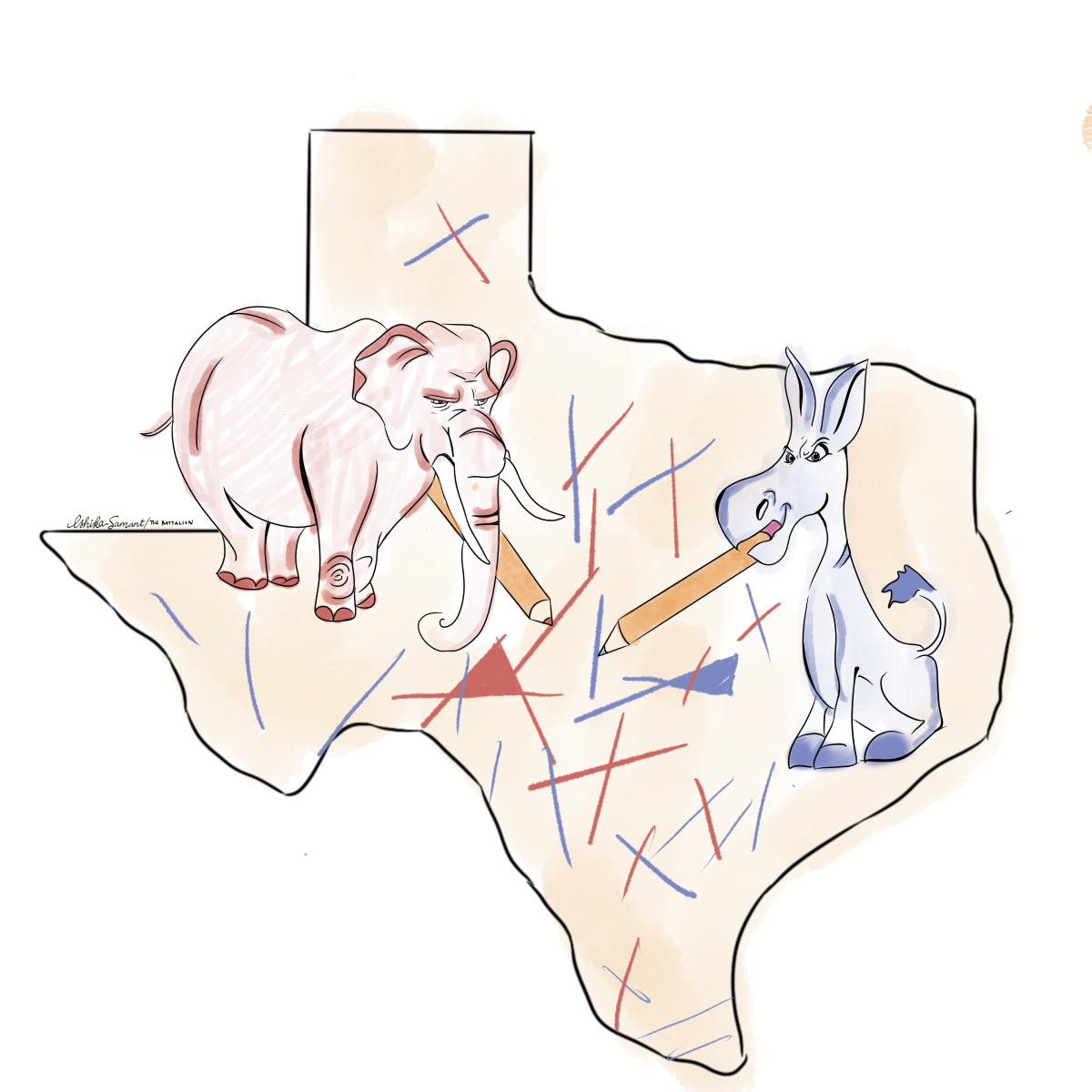After the Brazos Valley Commissioners Court approved new districts in the fall of 2021, voters should be aware of their own districts as they prepare to vote.
Redistricting occurs in Texas every 10 years after the U.S. census is released. After the 2020 Census showed a growth of over 17%, the commissioners court worked on redistricting the four county precincts, and the new districts will go into effect Jan. 1, 2023.
They began the process in September of 2021 by creating an order for adoption criteria and then listening to community feedback before approving Illustrative Plan 2 in a 3-2 vote.
“Of the people that I have talked to, I’m hearing the same thing, which is, ‘please get this equally balanced in terms of numbers of voters,’” precinct chair Ray Meador said at an Oct. 27 meeting.
The first part of the process was an order that resolved to follow easily identifiable geographic boundaries, avoid splitting neighborhoods, avoid racial gerrymandering and not fragment a geographically compact minority community or discriminate against racial groups. The order also said that each precinct could not have a population deviation greater than 10% from the “ideal precinct size.” The “ideal precinct size” contains exactly a quarter of the population.
This order works as an effort to prevent gerrymandering, which occurs when district boundaries are manipulated to favor one political party or social class. While there are no laws against political gerrymandering, the Voter Rights Act of 1965 prohibits racial discrimination in voting practices, such as racial gerrymandering.
“My concern is that as you draw these lines, they’re drawn fairly,” Precinct 4 Commissioner Democratic candidate Wanda Watson said at an Oct. 27 meeting.“As we’ve seen on a state and national level, the communities of color seem to be disenfranchised. I ask that you be fair to communities of color. It is ever so important that they have fair representation.
I understand about roadways and creeks, but you have to understand the human impact you can have if you don’t take this into consideration.”
Biology senior Kristina Samuel founded the College Station chapter of Mobilize, Organize, Vote and Empower, or MOVE, Texas in 2020 and currently serves as the chapter’s president. Samuel said it’s important to check what district one is located in to make sure they’re registered and planning to vote in the correct place.
“[Gerrymandering] is a tactic to confuse and intimidate people who want to be more civically engaged,” Samuel said. “Also, it dilutes the voice of the ever-emerging diverse population in Texas. ‘Packing and cracking’ is a term used for splitting up college districts because there’s a lot of one demographic in one place.”
In February of 2021, Samuel testified in front of the Texas Senate about gerrymandering, requesting that the new lines would truly be representative of the population. She said students should be aware of their voice and opportunities to communicate to elected officials.
“You can testify in any kind of capacity, whether it be state government, county government, City Hall, you can engage with every single level of the process,” Samuel said. “You have a voice and you can use it, and especially since they don’t hear from us directly speaking to them a lot has a lot of power, and they will listen.”










